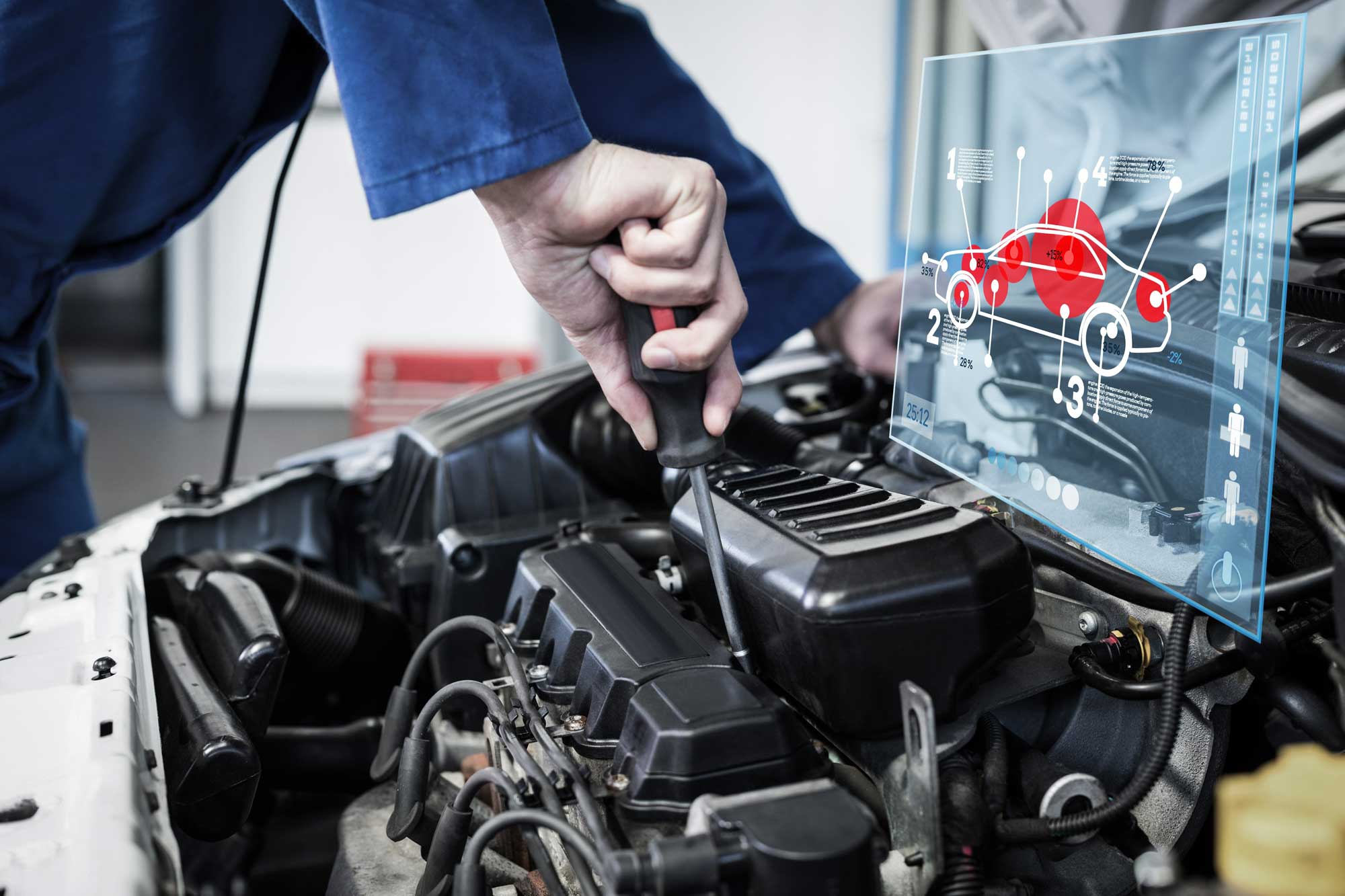All Categories
Featured
When it comes to vehicle maintenance, tires are typically among one of the most neglected elements, also though they play a crucial duty in the safety and security and efficiency of your auto. Tire turning and placement are 2 vital services that aid ensure your tires use uniformly, last much longer, and remain to carry out at their finest. Below's whatever you need to understand about tire turning and positioning and why they matter for your car.
What Is Tire Turning? Tire rotation is the process of moving the tires from one position to another to guarantee also wear throughout all 4 tires. The front and back tires of a vehicle wear at different rates due to the weight circulation and the truth that the front tires manage both guiding and stopping. By turning the tires routinely, normally every 6,000 to 8,000 miles, you can balance out the wear and extend the life of your tires.
In a lot of lorries, the tires will be revolved from front to back, and in some situations, side-to-side, relying on the tire type and your vehicle's requirements. This makes sure that each tire bears an equivalent amount of stress and anxiety and pressure. Routine tire rotations also enhance vehicle handling and ride high quality, in addition to add to much better fuel effectiveness.
What Is Tire Positioning? Tire placement refers to adjusting the angles of your cars and truck's wheels to ensure they are positioned properly according to the maker's specifications. Appropriate alignment guarantees that your tires are alongside one an additional and vertical to the ground, which assists boost the general handling, stability, and life-span of your tires.
There are 3 vital aspects of positioning:
Camber: The tilt of the wheels when checked out from the front. If the wheels lean inward or exterior, it can trigger irregular tire wear. Wheel: The angle of the guiding axis when checked out from the side. Appropriate caster positioning makes sure steady guiding and far better automobile control. Toe: The angle at which the tires direct inward or outward when watched from above. Incorrect toe positioning can cause tires to use erratically and affect managing. Misalignment can take place as a result of variables like striking craters, curbs, or driving over rough terrain, and also normal driving gradually can slowly create imbalance. Obtaining a placement check every 1-2 years or when you observe managing troubles is crucial for ideal tire performance.
Why Are Tire Turning and Alignment Important? Maximized Tire Life:. Tire rotation ensures also put on throughout all four tires, stopping early tire substitute. Misaligned tires use unevenly, which can cause the need for even more regular tire substitutes. Both tire rotation and placement increase the life-span of your tires, saving you money over time.
Improved Security:. Correct alignment helps maintain your automobile monitoring directly, boosting security and handling. Misaligned tires can lead to drawing, which makes it more difficult to control your automobile, specifically at broadband or in emergency scenarios. Tire turning likewise guarantees your car's handling remains consistent, improving your capability to stop quickly and preserve control.
Much Better Fuel Effectiveness:. When your tires are effectively straightened, they experience much less moving resistance, implying your engine does not need to work as hard to relocate the automobile. This lowers gas intake and enhances gas mileage. Imbalance can cause your tires to drag, leading to inadequate fuel performance.
Smoother Experience:. Misaligned or unevenly used tires can trigger resonances in the steering wheel or vehicle body, which can be unpleasant while driving. Regular tire rotation and placement can offer a smoother and quieter adventure, reducing unnecessary sound and vibrations.
Indications You Need Tire Turning or Alignment. It's important to be mindful of warning signs that your tires could need attention. Maintain an eye out for:
Uneven Tire Use: If you observe that a person tire is extra worn than others, maybe an indication that it's time for a rotation or positioning. Steering Pulling to One Side: If your vehicle draws to one side, particularly when you're driving straight, it can indicate imbalance. Vibrations or Uncommon Sounds: If your guiding wheel trembles or you listen to a buzzing or whining sound, your placement may be off. Screeching Tires: A shrill squeal can signify misalignment or that your tires are used unevenly. If you notice any of these signs, it's an excellent concept to have your lorry checked as quickly as feasible to prevent more damages to your tires or suspension system.
Just How Commonly Should You Rotate and Align Your Tires? Tire rotation is typically recommended every 6,000 to 8,000 miles or every 6 months, depending upon your cars and truck's guidebook and driving conditions. It's also an excellent idea to turn your tires during oil modifications to make certain they obtain the interest they need.
For placement, most experts recommend having your tires lined up yearly or if you discover any taking care of concerns. If you've just recently hit a pocket, curb, or an additional barrier, it's an excellent idea to have your alignment inspected earlier to prevent unequal tire wear.

Final Thought: Preserve Your Tires for Long Life and Security. Tire turning and placement are straightforward yet essential elements of car maintenance that add to longer tire life, enhanced safety and security, and better gas efficiency. By adhering to the recommended solution intervals for tire turning and alignment, you can guarantee your tires remain in leading problem, providing a smoother and much safer driving experience. Normal maintenance helps you prevent unexpected tire wear, expensive repair services, and potential mishaps, making it a smart financial investment for your automobile's general efficiency.
Latest Posts
Fashionable Convenience Begins With the Ground Up
Save Big with Montclare Auto Repair Offers - Grab Yours Today!
Open Greater Profits with WyHy Money Market Accounts